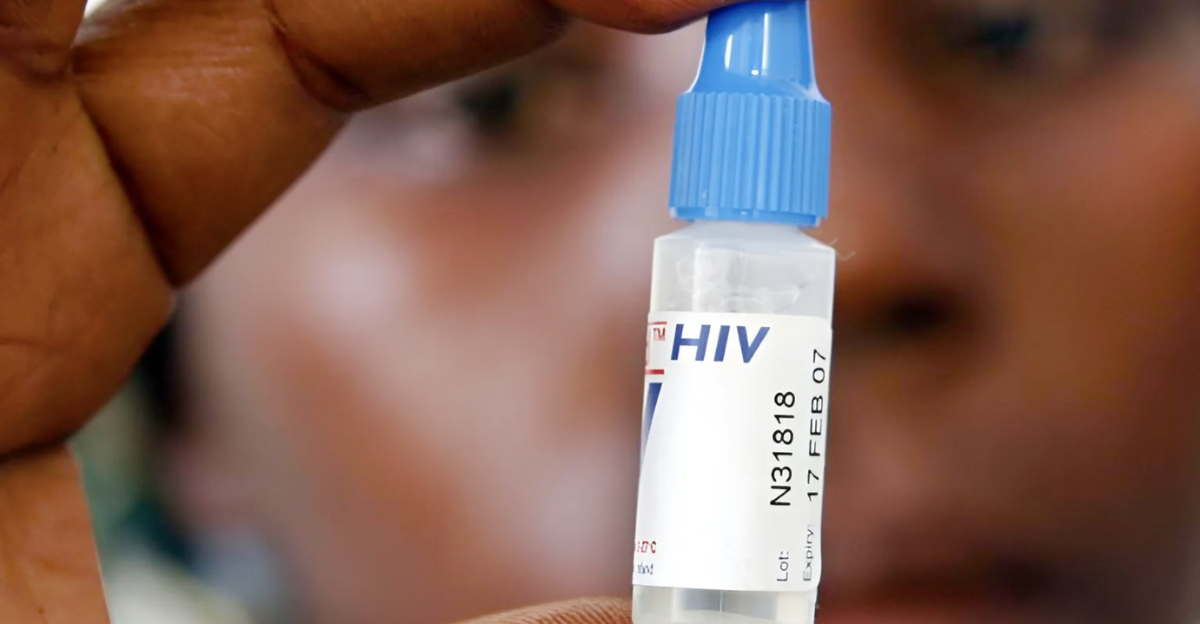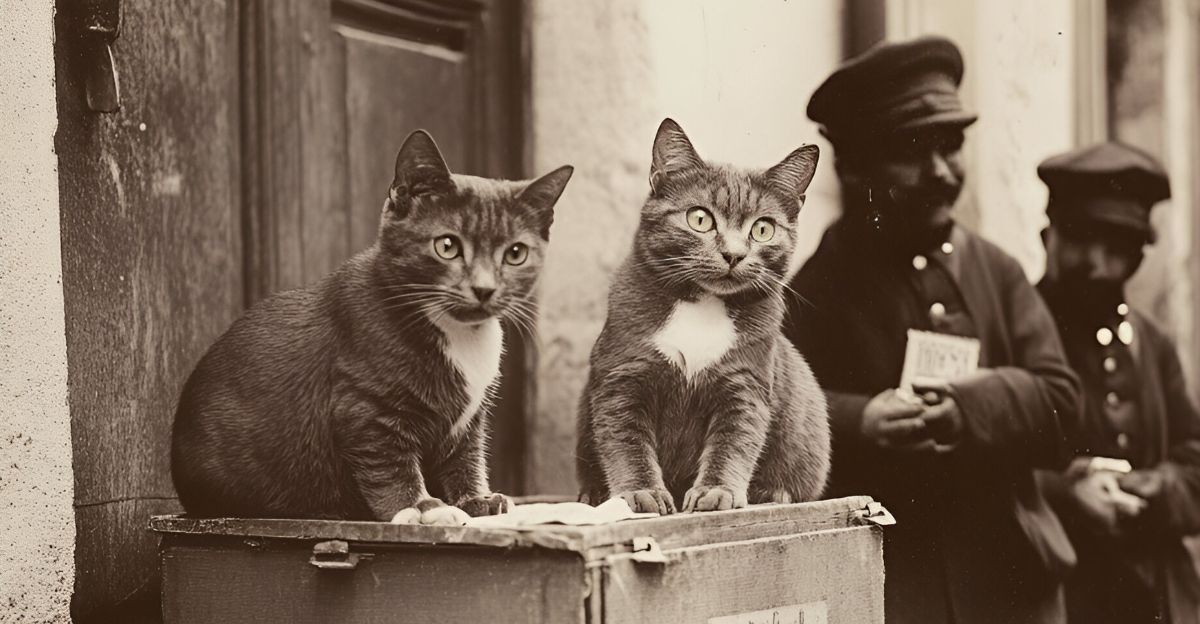
Domestic felines are usually adopted for their companionship and sometimes for pest control. Beyond that, more hands-on aid is usually left to the canine counterparts, such as rescuing, guiding, and many other roles. However, around 150 years ago, one city decided to try to leverage cats for an unprecedented task at the time.
Like many other regions at the time, the city of Liege in Belgium depended on a postal service to deliver mail to citizens, spread information about events, and allow people to communicate with one another. An organization was formed in the interest of an effective postal service—it was called The Belgian Society for the Elevation of the Domestic Cat.
The Belgian Society for the Elevation of the Domestic Cat

The bizarre organization saw more potential in domestic cats, specifically in delivering posts around the city. This may seem strange today, but their reasoning was that domestic cats still have wild instincts, which means they roam long distances during the day and have a remarkable sense of direction, meaning that they always end up back at home.
The organization thought that cats could fill the perfect niche for urgent short-distance communication.
Trying It Out

The Belgian Society for the Elevation of the Domestic Cat wanted to try this idea and recruited 37 cats. The idea was that the felines would transport mail via a waterproof leather pouch that was tied around their necks.
After a message was put inside the pouch, the cats were taken away from their homes to various locations, ranging from about 2 to 20 miles. At the time, the organization thought that the cats would naturally have an urge to return home, delivering the mail in the process. It was an enterprising concept, which would ultimately prove lackluster.
Varied Results
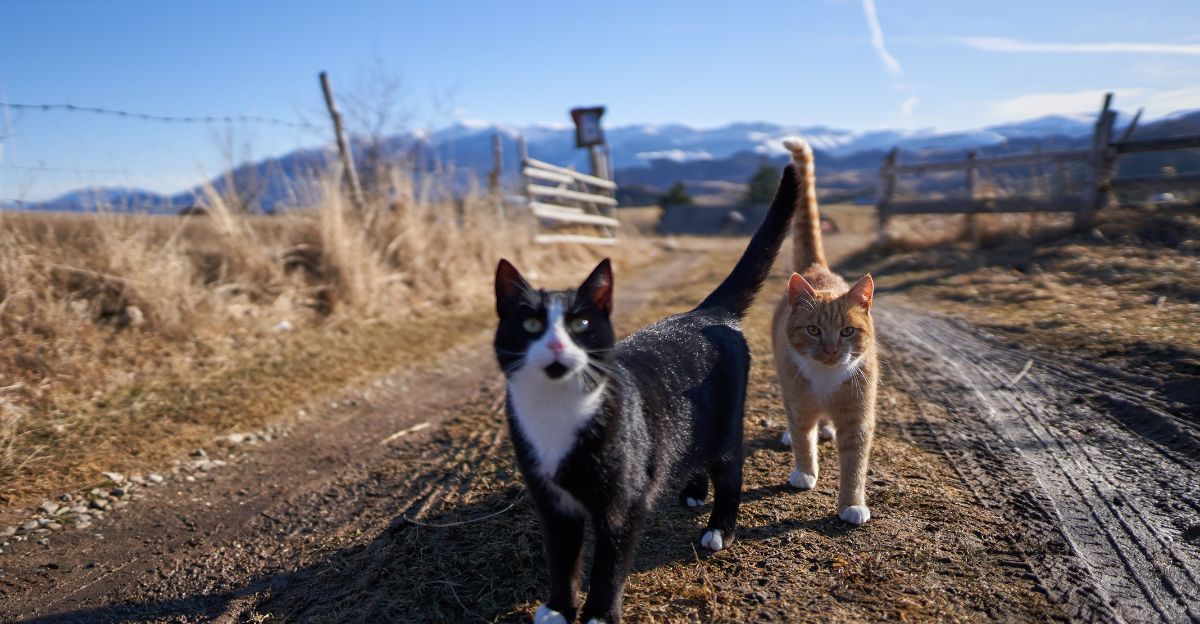
As many people could presume, once released, the cat’s reactions varied wildly. Some urgently wanted to return home and made it their top priority to make it back in around five hours. However, other felines didn’t seem all too fazed by being away from their homes and meandered about or rested where they were dropped off.
While the trial showcased that all of the cats did reliably come home, some of them took far longer than others, with the slowest taking more than a full day. This made the delivery of mail via cat an unpredictable one.
The Problem With Cats As Messengers

At the time of this experiment, carrier pigeons were already in use and were reliable due to their homing abilities, flight, and training through food. Cats, on the other hand, are far more independent animals, meaning that they only return home when they feel like it rather than having a flocking instinct.
This meant that the cats did not feel any kind of duty nor driven by any reward to return home. This made their performance wildly unreliable, and many of the cats saw the trip as more of an adventure rather than trying to fast-track their journey home.
A Complex Process

To make the entire ordeal even less viable, using cats as messengers was a much more complex process than using pigeons. The mail had to be given to the cat, meaning that they had to be found and caught first, and then they had to be transported to a set location before release.
Many cats are driven by curiosity, which means they may get sidetracked and not take the fastest route to deliver the message. Furthermore, it was never a guarantee that the felines would even deliver the message to the right person after the entire process was setup.
A Lack Of Understanding

While many might be wondering why they didn’t stick to the tried and true carrier pigeons, it was because many lacked the understanding that animals varied in intelligence, behavior, and reliability in certain tasks. The cats were thought to be suitable messengers because pigeons were.
They wanted to use cats as a specialty courier that would deliver urgent messages across shorter distances. However, cats lack the same trainability and nature that make pigeons such good messengers. The cats were not as willing to cooperate as it was first thought, and their differences in behavior were underestimated.
Public Opinion
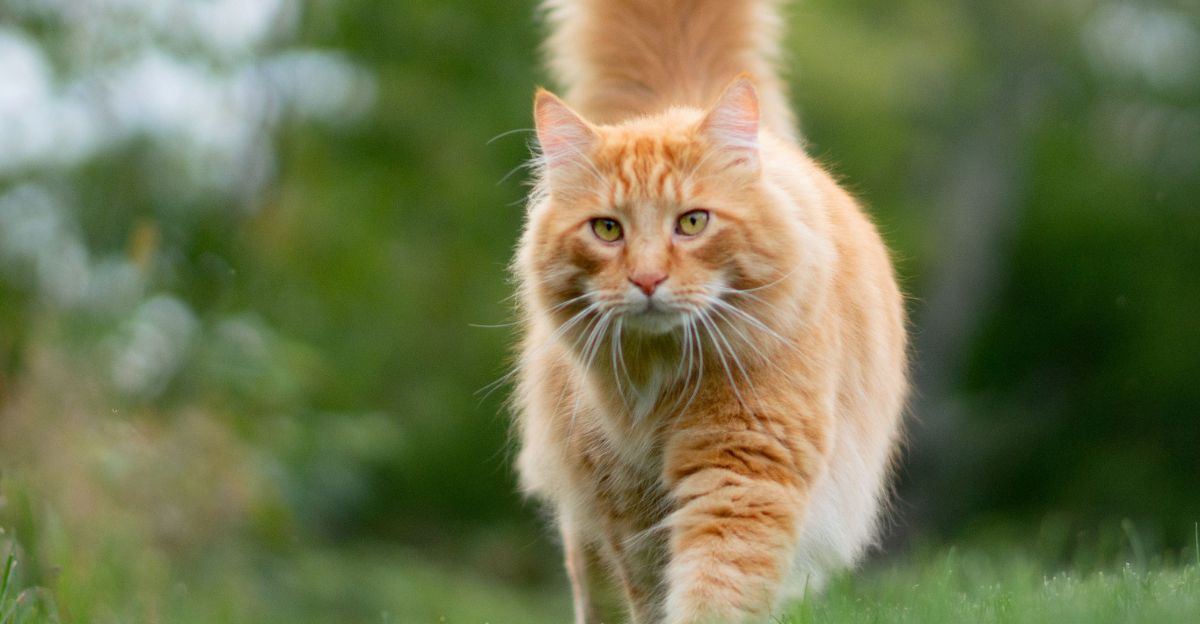
While the pursuit of having cats as mail carriers was a serious one, the public opinion of it at the time was anything from skepticism to curiosity, but ultimately, the public was amused by the absurdity of it all. In the face of what was trying to be innovation, very few took the idea seriously.
Word of the experiment, ironically, spread quickly, and many outlets reported on it, including the New York Times. After seeing just how mixed the results were, the project was halted, but the cats that were part of the experiment became somewhat famous and praised as local legends.
Fact Or Fiction?

The entire saga of these cats was a widely known one, but modern-day historians debate on whether or not details were overexaggerated or if the whole project was a satirical take on the period’s fixation on leveraging new technology.
Whether or not details were overblown, there are contemporary reports from the time that confirm that the experiment was undertaken. The project was a product of its time, blending Victorian peculiarity and optimistic innovation. While the cats never became messengers, they did find themselves a role in the postal service – being used as pest control, something they did just fine.
A Legacy
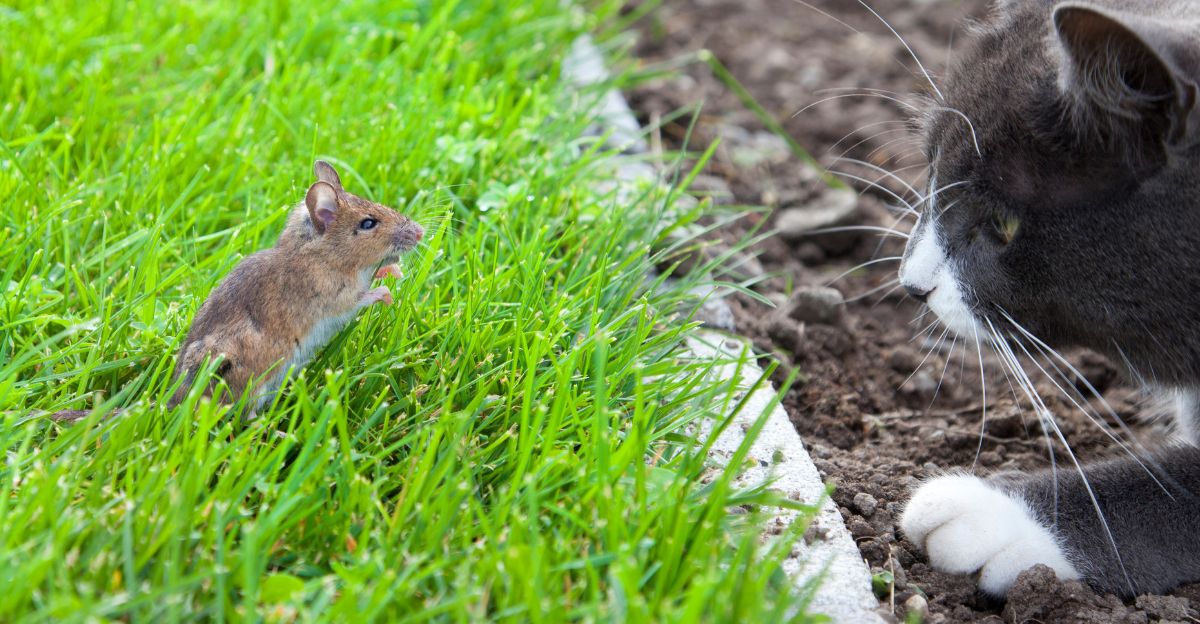
Later on, cats became an official partner with postal services across multiple countries, such as Britain and the United States. These cats were happy to hunt mice and rats all day rather than being dumped miles away from home with a leather pouch attached to their neck.
The idea was a creative one, and we need creative thinkers to innovate and think outside of the box. Unfortunately, in the case of cat couriers, it was a little too absurd to have ever lifted off the ground.






